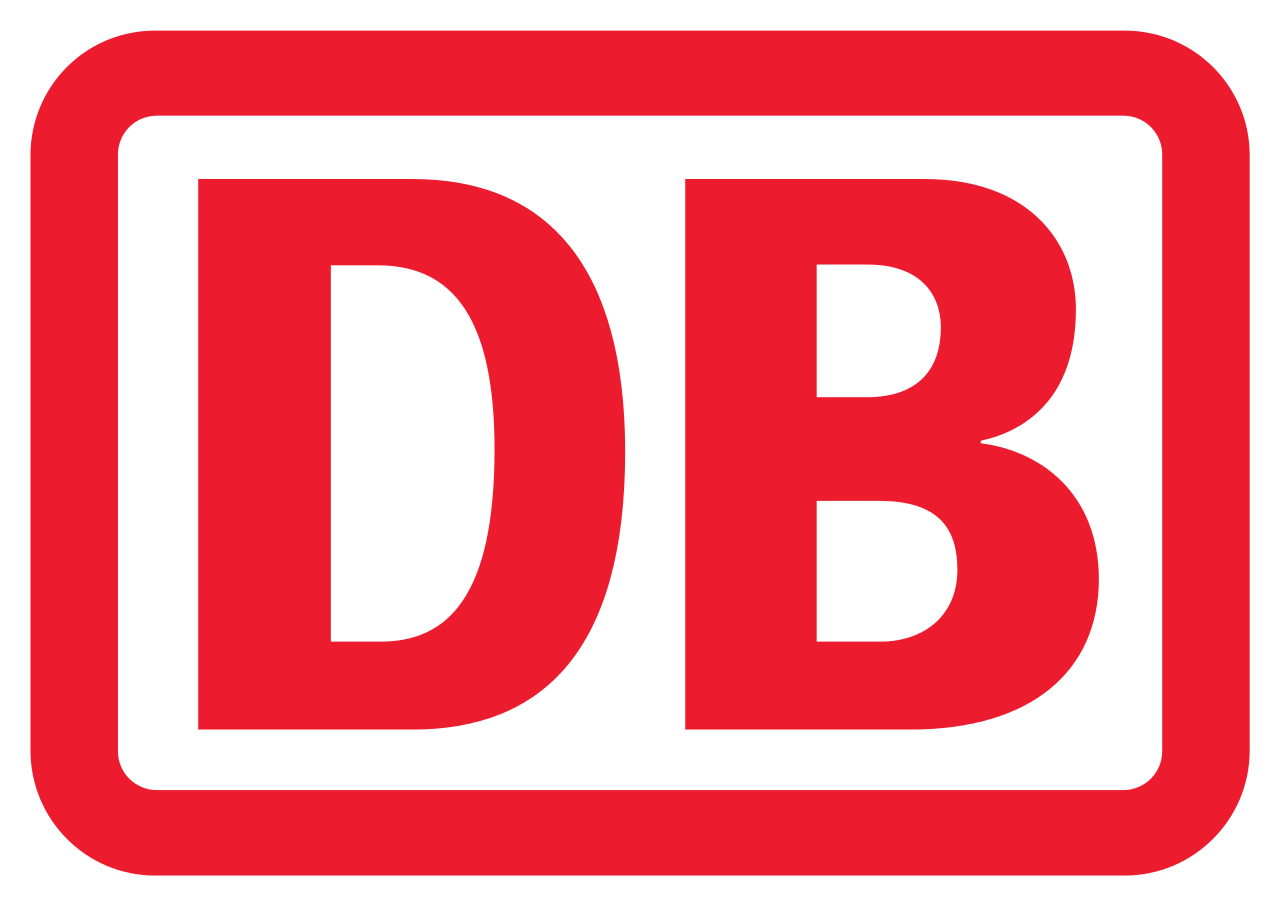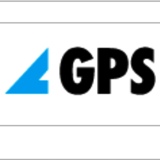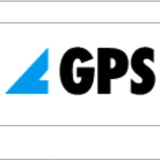Title Page
-
Conducted on
-
Location of Inspection
-
Area of Assessment
-
Assessor Name
-
Equipment Description
-
Make and Model
-
Serial Number / Unique identification
4. Suitability of Work Equipment
-
Is the equipment suitable for it's intended purpose?
-
Does the equipment location pose a risk to health and safety of persons?
-
Does the position of the equipment pose a risk? (Ergonomically, Material Handling, Spacing)
5. Maintenance
-
Does the Equipment have a manufacturers defined maintenance programme?
-
Is the equipment currently in good condition?
-
Is the Equipment logged on the company asset list?
-
Is the maintenance history available?
-
Is the equipment maintained by and agent or manufacturer? if not
-
Are internal personnel suitably trained and qualified to perform the maintenance tasks?
6. Inspection
-
Does the equipment require regular inspection by a competent person (equipment such as fixed blade saws, drills, lathes etc. Other than this PUWER Checklist)?
-
Is the equipment being inspected after assembly at a new site or location in the current site?
-
Is the equipment being inspected by a competent person after first installation being put into service for the first time?
-
Is the equipment exposed to conditions that would cause it to deteriorate to a dangerous state? (Chemical Processes, Corrosive atmospheres etc.)
-
Does the inspection require any functional or structural testing?
-
Is this equipment being inspected prior to selling on to a third party or other department with the company?
-
Is the person performing the inspection suitably trained and qualified?
7. Specific Risks
-
If this is "Specific Risk Equipment", are there measures in place to ensure that only authorized/trained personnel use/maintain the equipment?
-
Is there a risk assessment in place to account for the specific risks involved in using the machinery?
8. Information & Instruction
-
Manufacturers instructions available at point of use or available for reference?
-
Safe work instruction, Method statement, risk assessment in place as written instructions for its use in place?
9. Training
-
Have the persons using the machinery had appropriate training to use it?
-
Have young persons 16 - 18 yrs old and under been considered, specific risk assessment, supervision etc?
10. Conformity with Community Requirements
-
Is the equipment CE marked?
-
If no is the equipment refurbished or altered to an extent that it is considered new and subject to CE or newer equipment requirements?
11. Dangerous Parts of Machinery
-
Are the "Dangerous Parts" of this equipment suitably guarded?
-
Is it possible to bypass any guards or protective devices without the need for a tool?
-
Does the guard have interlocks to prevent the machine from working of opened?
-
Confirm the machine does not restart automatically when the guard is closed.
-
Where guards are not fitted, are suitable risk reduction measures in place to control danger to personnel?
12. Protection Against Specific Hazards
-
Is there any reasonable probability of any article or substance being ejected, falling, rupturing, breaking, being thrown out, disintegrating, catching fire, overheating or exploding?
13. High or Very Low Temperature
-
Are there parts of the equipment that could cause a burn, scald or sear protected?
14, 15, 16, 17, 18. Start, Stop, Operating, Emergency Stop Controls and Control systems
-
Are the controls for starting, stopping and controlling the equipment clearly identifiable and safe to use?
-
Is it likely the controls could be inadvertently, accidentally or self activated?
-
Are combined stop and start controls designed so that the stop function has priority following release of the control?
-
Is the stop control easy to use and will its activation bring the equipment to a safe condition in a safe manner?
-
Where fitted confirm that the Emergency Stop is readily accessible and NOT combined with the Stop control.
-
Would any failure of a control system result in a "fail safe" condition which would not impede the operation of the Stop or Emergency Stop Controls?
-
Can the operator in the control position ensure that no one is at risk from the machines operation?
19. Isolations
-
Is it possible to safely isolate the equipment's energy supplies?
-
Are hasp locks and LOTO Procedure in place for isolations?
-
Does the equipment have other sources of energy that need isolating (Hydraulic, Thermal etc.)
20. Stability
-
Is the equipment securely mounted and stable?
-
Is lifting equipment strong and stable for its intended use?
Lighting
-
Is lighting sufficient for the tasks being performed?
-
Is task lighting required and is it sufficient for the tasks being performed?
Maintenance Operations
-
Can maintenance be performed without risk to persons (using appropriate measures)?
-
Are there likely to be any hazardous substances generated by the equipment or equipment near by that may cause harm whilst performing maintenance?
Markings & Warnings
-
Is the equipment appropriately marked for reasons of health and safety, and so that the equipment can't be confused with similar equipment?
-
Are any warning signs or warning signals for the reasons of health and safety clearly visible/audible?
Mobile Work Equipment
-
Is the equipment suitable for carrying persons safely?
-
Is the operator protected by roll over protection?
-
Are restraints and seatbelts present and working?
Lifting Equipment
-
Is the equipment used for lifting and subject to independent inspection (LOLER)?













